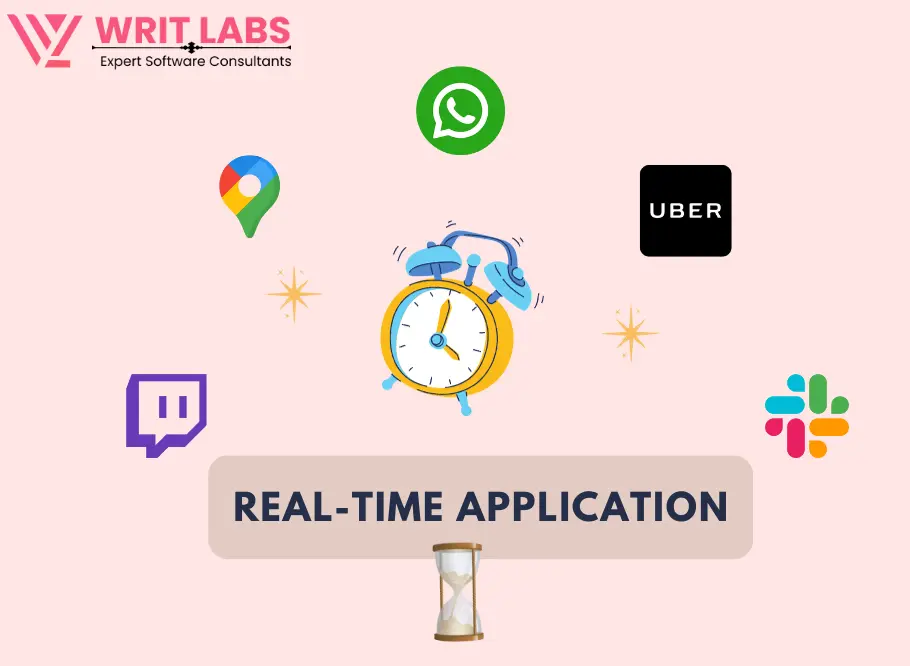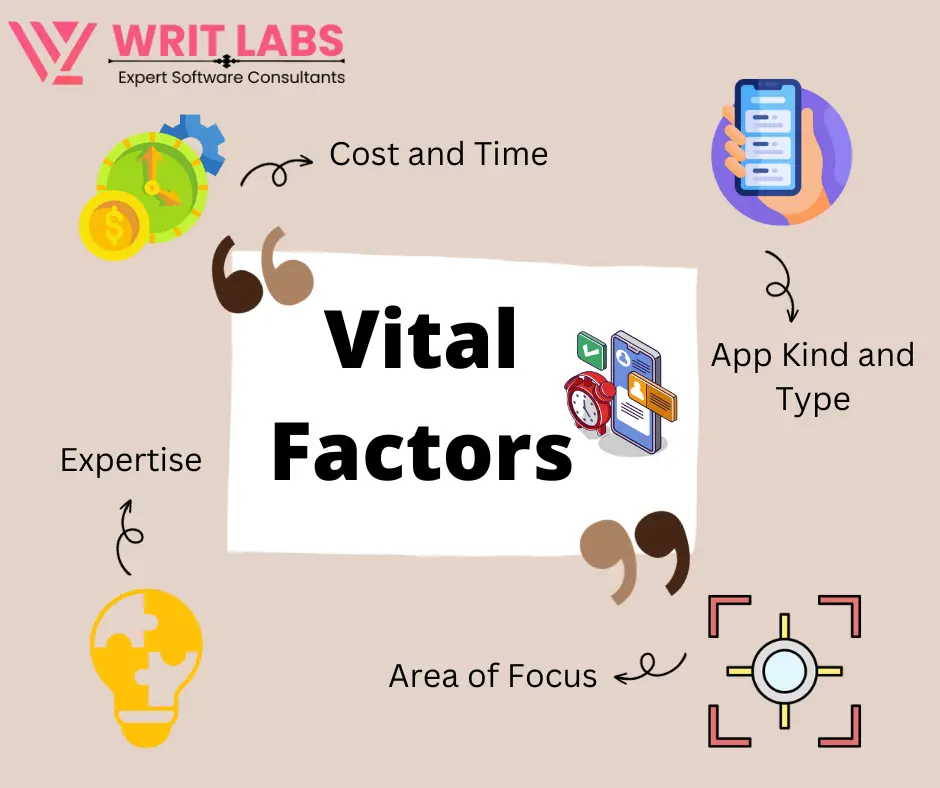In recent years, the creation of robust and usable mobile applications that can work across a range of devices has become more and more popular among both organizations and individuals. It might be challenging to choose the technological stack that would best suit your needs, though, because there are so many different ones out there. The several possibilities for developing mobile apps will be discussed in this blog, along with each option's benefits and drawbacks.
Users can engage with one another and see changes reflected in real-time with real-time apps. In traditional apps, users might need to wait for the page to refresh before seeing updates. Real-time apps are growing in popularity as they provide a more interesting and dynamic user experience.

What is a Tech Stack?
The group of tools, frameworks, and programming languages needed to create a mobile app is referred to as tech stack. Operating systems, backend servers, frontend frameworks, and databases are some of the components that make up a typical tech stack for mobile app development. A well-optimized tech stack can dramatically improve the efficiency and functionality of the app. Each component is essential to the development of a mobile app.
Your particular needs and requirements will determine the specific technologies you select. For instance, you must select a real-time communication platform that supports chat if you are creating a real-time chat application.
Following are some of the key factors that are vital to consider when choosing a tech stack for your application:
-

Cost and Time: The cost of designing a mobile application is among the most crucial aspects. Another factor is that some real-time programs take months to build and test.
-

App kind & type: What sort of app is the client searching for? This is a crucial query to ask when creating an app.
-

Expertise: You should be explicit about your expertise area when designing an application for your client. A developer is always aware of their strong and weak technical areas.
-

Area of Focus: One of the most important considerations is the app's target user base and the platform's intended use. Some apps are designed exclusively for children under a certain age and the iOS platforms. The tech stacks used for iOS platforms and gaming would differ depending on the application.

Choosing the Right Tech Stack
A real-time application's requirement to accomplish real-time tasks within a specific time frame distinguishes it from other applications. Users now anticipate rapid interactions and updates, whether it be for collaborative document editing, live delivery tracking, or instant texting. The correct technological stack must be chosen to satisfy these requirements.
-

Frontend: The front end of an application is its public face. You must carefully consider the tech stack to make the front end work as efficiently as possible. One of the most popular frameworks used by developers is ReactJS. Developed by Facebook, it provides the most intuitive and responsive application.
The preferred tech stack, on the other hand, is Vuejs. Its simplicity and ease of integration make Vuejs the preferred choice.
-

Backend: As we move to the backend, Nodejs and Expressjs work well together. Nodejs can be used for real-time applications because of its non-blocking I/O operations. Expressjs, on the other hand, is a simple web application framework that works well with Node.js. It makes handling HTTP requests and creating reliable APIs easier.
-

Data management: PostgreSQL and MongoDB are the two best options for real-time applications. MongoDB is a NoSQL database that is very flexible and scalable, as the name implies. PostgreSQL is a relational database management system that aids in the management of structured data and complex queries.
-

Real-Time Communication: Building a reliable connection between the client and server side is necessary to experience real-time communication. For the same, you can choose WebSockets as your technology. It is regarded as an essential technology for notifications or live chats.
-

Maps and Location Services: You can use Mapbox, Google Maps API, or Azure Maps for your app's maps and location services. In contrast to Google Maps API, which offers a set of tools for embedding maps and for geological services, Mapboz offers highly customizable and interactive maps. Azure Maps, in contrast, gives web and mobile applications geographic context.
-

Deployment and Hosting: We have a variety of options for the real-time application's deployment and hosting. The option is chosen by each user based on their available budget. Microsoft Azure, Digital Ocean, Amazon Web Services (AWS), and Google Cloud Platform are a few of the choices.
The fact that the tech stack of the real-time application depends on a variety of factors is completely understandable after reading this entire blog. The client has a variety of tech stack options to choose from depending on factors such as scalability, cost, ease of development, and target area. Additionally, depending on the type of application—native, hybrid, or cross-platform—the technological choice may change.


Post a Comment